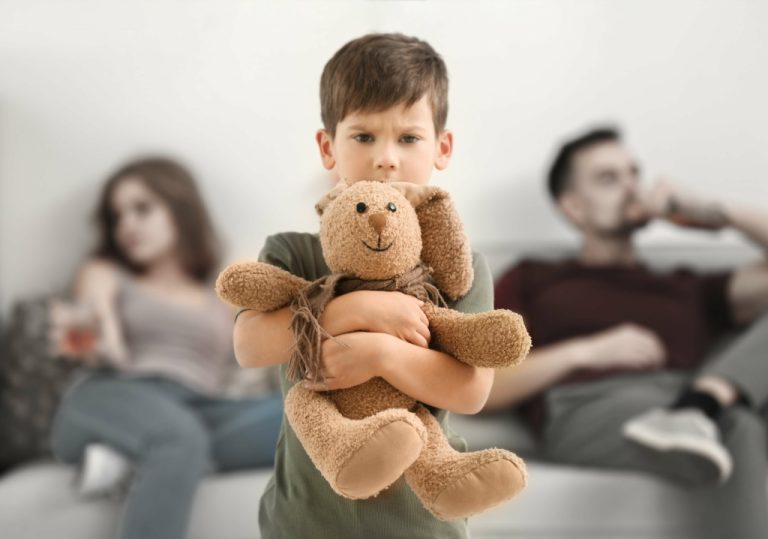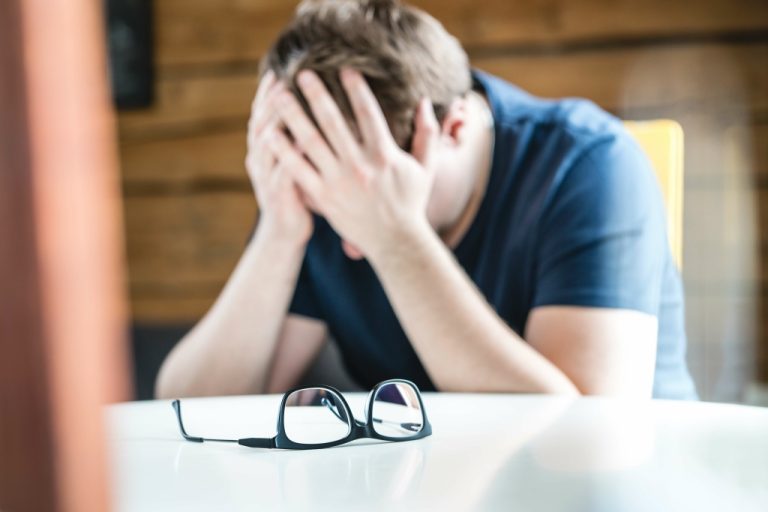Meanwhile, alcohol makes it harder to pay attention, which in turn makes your memory even fuzzier. In a signed declaration submitted to the Senate committee Wednesday, Julie Swetnick detailed a string of drug- and alcohol-filled parties, where she said male students spiked punch with alcohol and drugs and Sober House gang raped the women who drank it. A blackout ends when your body has absorbed the alcohol you consumed and your brain is able to make memories again. “Anything that causes damage to the brain, whether temporary or permanent, can cause memory loss if the damage is in the right spot,” states Dr. Streem.
National Institute on Alcohol Abuse and Alcoholism (NIAAA)
The Incident Rate Ratio (IRR) indicates that the incident rate of dependence syndrome symptoms at time t increased by 13% for every unit increase in the residual for PTSS at time t-1. This within-person effect was significant after controlling for the residual of dependence syndrome at time t-1 (i.e., the autoregression), drinking at time t, the temporal trend, and the day of the week covariates. It is thus is a robust test of the prospective association between PTSS and subsequent dependence syndrome symptoms at the within-person level. In addition to the PTSSt-1 effect, there were significant within-person effects of both lagged dependence syndrome symptoms (i.e., at time t-1) and concurrent drinking (i.e., at time t). The IRR indicated that for every unit increase in dependence syndrome symptoms at time t-1 there was a 4% increase in the incident rate of dependence syndrome symptoms at time t.
Trauma and Learned Helplessness

Because blackouts tend to occur at high BACs, they commonly stem from binge drinking, defined as a pattern of drinking that increases a person’s BAC to 0.08 percent or higher. This typically occurs after 4 drinks for women and 5 drinks for men—in about 2 hours. In fact, many people who have blackouts do so after engaging in a behavior known as high-intensity drinking, which is defined as drinking at levels that are at least twice as high as the binge-drinking thresholds for women and men.
The morning after the night before: Alcohol-induced blackouts impair next day recall in sober young adults
Neither PTSD nor AUD were required for participation and hence the sample exhibited a broad range of functioning at baseline. Such variation makes these analyses less amenable to examine systematic change over time in respect to improvement or worsening of symptoms in the sample as a whole. Finally, although the analytic models address temporal relationships, they do not provide a basis for causal inference. We https://theseattledigest.com/top-5-advantages-of-staying-in-a-sober-living-house/ are not aware of other studies that have specifically investigated neuroimmune factors in PTSD in the context of AUD, which precluded any comparisons to the literature. This cross-sectional study cannot imply a causal association between inflammation, trauma, and other clinical measures. The study sample was not selected for PTSD, and thus, a limited number of participants were available for subgroup analysis.
- (E) scatterplot displays the difference between the mean accuracy (%) for immediately recalled words in the depth of encoding task, before-alcohol minus after-MBO, correlated with reported minutes slept, within the MBO group.
- Enjoy herbal tea and engage in journaling to nourish your self-care journey.
- In this paper we present a new model to help explain how trauma’s effects on psychological distress may influence alcohol consumption.
- In the 1990s, more than 100,000 Bhutanese citizens of Nepali origin took refuge in Nepal [33].
Health Categories to Explore
- Participants included 240 college students with a trauma history who reported using alcohol within the past three months and completed measures of PTSD symptoms, emotion dysregulation, alcohol consumption, alcohol-related consequences, and negative affect.
- In this regard, the autoregressive parameter may quantify the behavioral manifestation of the neuroadaptation underlying addiction (Koob & Volkow, 2010, 2016; Volkow, Koob, & McLellan, 2016).
- Previous research with similar item sets support the criterion validity of the protocol (Simons et al., 2005; Simons et al., 2018; Simons, Wills, et al., 2016).
- We further aimed to determine whether an alcohol-induced MBO leads to impaired recall the next day which remains beyond the point of recovered sobriety.
- One study conducted with Vietnam combat veterans with chronic PTSD showed that their alcohol use generally began after the onset of PTSD symptoms.
Women’s increased risk for co-morbid PTSD and substance dependence is related to their higher incidence of childhood physical and sexual abuse. For example, in a group of adolescents, a history of sexual abuse increased the risk of problem drinking to 20 times the normal rates of alcohol abuse for both sexes. However, females were much more likely to have been sexually abused than males and consequently the symptoms of PTSD were more common for female than male alcohol abusers (Clark et al. 1997). In this way, drinking can compensate for the endorphin withdrawal that follows a traumatic experience. The endorphin compensation hypothesis (ECH) suggests that when people drink alcohol after traumatic events, the alcohol makes up for the lack of endorphin activity (Volpicelli 1987). According to this hypothesis, rats exposed to uncontrollable shocks should consume more alcohol than rats exposed to controllable shocks to compensate for the lack of endorphin activity that occurs after experiencing uncontrollable shocks.

The difference with a blackout is that, not only are there no pictures in the camera, but your mind has absolutely no memory of having taken the pictures. Twin studies show that if one twin is prone to blackouts, the other is much more likely to also be prone if they are identical, rather than fraternal. Identical twins share 100 percent of their DNA, while fraternal twins only share 50 percent. Eyewitness testimony is most reliable soon after an incident and when people are sober, because of the general memory deficits caused by booze. As time passes, all testimony becomes less reliable not only because of forgetting but due to witness contamination. We can “recollect” them — actively recall what happened at a particular place and time.
You tend to recall recent events because they’re more pertinent to everyday existence, so some of your older memories start to fade. When it comes to alcohol, only one particular state of intoxication — blackouts — can completely knock out your recall, and according to neuroscience, there are certain scenarios in which alcohol can actually improve memory. A review of PTSD and alcohol abuse statistics indicate that nearly 28 percent of women diagnosed with PTSD report concerns about alcohol abuse and dependence. The National Center for PTSD estimates as many as 75 percent of trauma survivors experience an alcohol use disorder. Some studies have indicated that people who are diagnosed with PTSD and abuse alcohol may drink in an attempt to experience positive emotions. Alcohol use may improve their mood but is more likely to temporarily numb negative feelings followed by more serious negative feelings as the effects wear off.
The link between PTSD and alcohol-use disorders
Further, in that study distress tolerance had an indirect effect on alcohol consumption through the pathway of hyperarousal symptoms. These findings are somewhat consistent with the present findings, indicating that individuals with poor coping skills may be led to use alcohol in the face of difficulties with hyperarousal or goal-achievement. Experimental studies have also shown evidence of a temporal relationship between state distractibility, a component of self-control, to alcohol consumption.